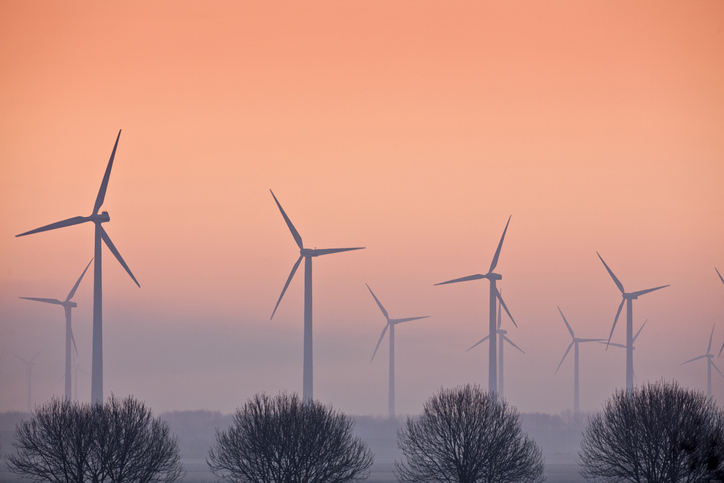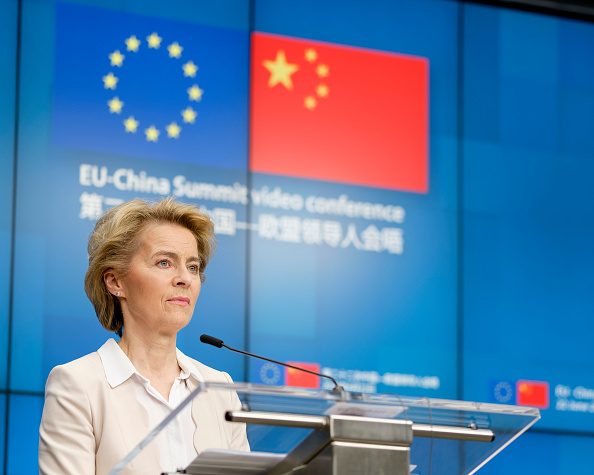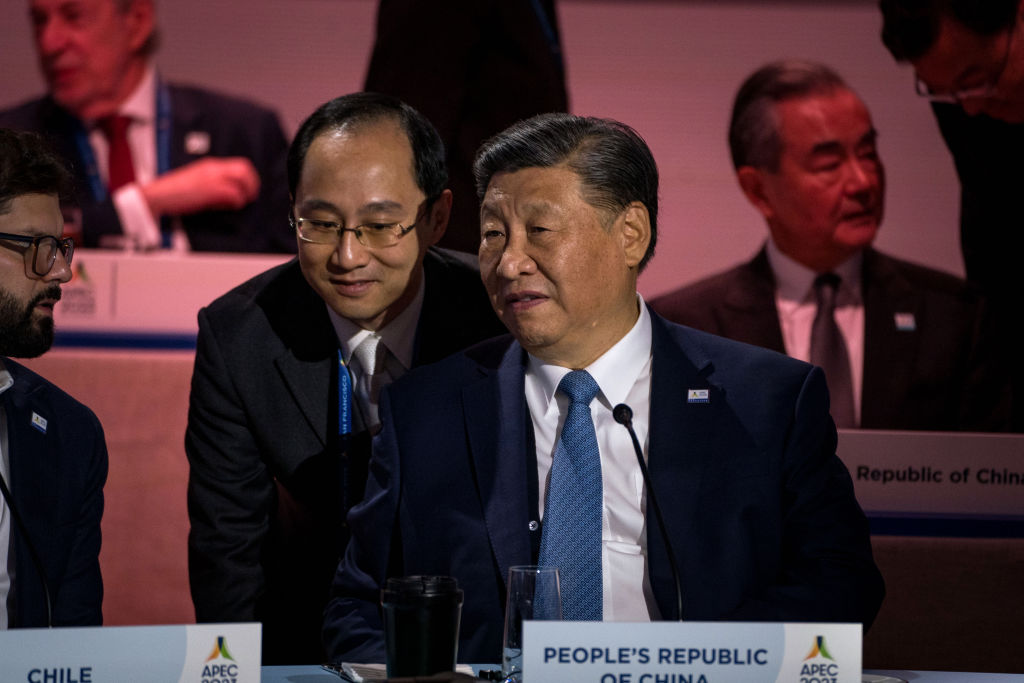China has overtaken the EU in actually rolling-out clean technologies, researchers say.
Once the leader in solar panels and wind farms, the EU has fallen well behind China. In 2023, China installed 217 gigawatts of new solar power, compared to the EU’s 56 gigawatts, and 58 gigawatts of new wind power, as against the EU’s 17.
With European Commission President Ursula von der Leyen’s Green Deal seemingly in retreat, the European Union has now also rolled back its environmental ambitions and the likelihood of hitting its climate goals.
Climate Commissioner Wopke Hoekstra told climate ministers at the end of March that EU countries would only cut their collective emissions by 51 per cent by 2030 compared with 1990 levels – compared to the previously stated goal of 55 per cent.
The European Environment Agency estimates a 48 per cent reduction is more likely.
EU governments have until June to submit detailed roadmaps on how they will reduce their countries’ emissions.
Although the EU’s green legislation ambitions are among the world’s toughest, its paper targets seem increasingly unrealistic, even as Hoekstra and the EC discuss introducing a further plan to cut emissions by 90 per cent by 2040.
The EU “has the most advanced green legislation in the world but the bloc is not on track to meet its climate targets,” said Giovanni Staunovo, a commodity analyst in Zurich.
Cecilia Trasi, a research analyst at the Brussels economics think-tank Bruegel, said: “Europe’s deployment of decarbonisation technologies trails its global competitors,” China in particular.
Simone Tagliapietra, a professor at SAIS, a Washington-based US postgraduate institute, added that regarding wind energy, the EU “has been a first mover” previously but “is now lagging China in deployment trends”, while China has seen “a major jump since 2019”.
China doubled its wind-power construction in 2023, while the EU’s onshore wind deployment slowed, according to Brussels-based WindEurope, which promotes the use of wind power in Europe.
It is a similar story for solar energy: The EU was “the global first mover in solar PV deployment” but “is now lagging China in this space”, said Tagliapietra.
China installed more solar panels in 2023 than the US has in total, according to analysis by BloombergNEF. Helped by generous state subsidies, China installed 216.9 gigawatts of new solar capacity in 2023, according to the country’s National Energy Administration.
The US has 175.2 gigawatts installed in total. US subsidies under the Inflation Reduction Act have attracted some European countries to shift operations there, with Swiss-based solar panel maker Meyer Burger announcing in July last year a new Colorado production facility.
While the EU installed 56 gigawatts of new solar panels in 2023, its rate of growth likely to slow in 2024, said Brussels-based trade body SolarPower Europe.
“We are not yet installing the average 70 GW annually needed to meet our 2030 solar targets,” said Walburga Hemetsberger, SolarPower Europe’s chief executive.
European sales of another renewable technology, heat pumps, fell by 5 per cent in 2023 from the year before – a result of both subsidies ending and a lack of skilled installation workers.
The European continent is heating up at twice the global average, according to the World Meteorological Organisation.
Even with China pulling ahead in the subsidies game, which requires significant investment, the EU could make emissions gains more cheaply by slashing fossil-fuel subsidies, according to Guido Dalessi, CEO of Dutch clean-energy storage company Elestor.
“More important than showering clean-energy scale-ups with cash would be the removal of subsidies from the old fossil-fuels industries,” Dalessi told Brussels Signal.
That would “provide a level playing field and then you’d soon discover that solar, wind and long-duration, large-scale energy storage will win in a competitive market place”, he said.





